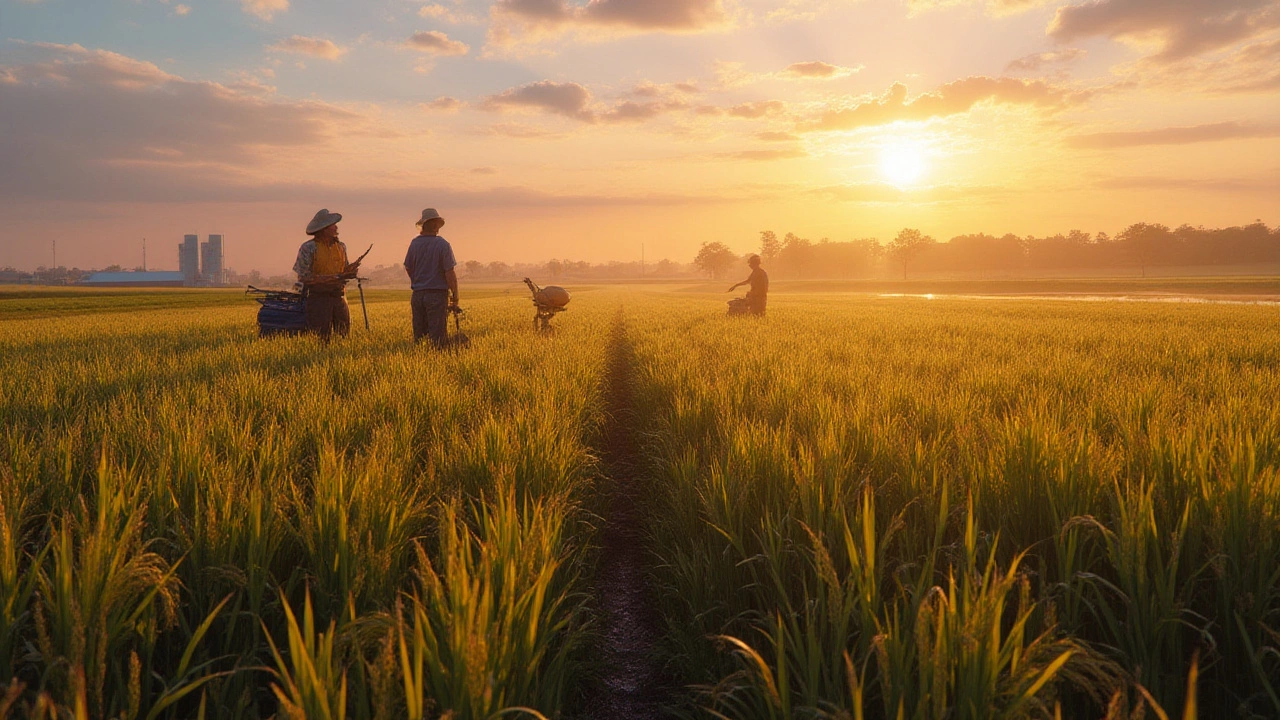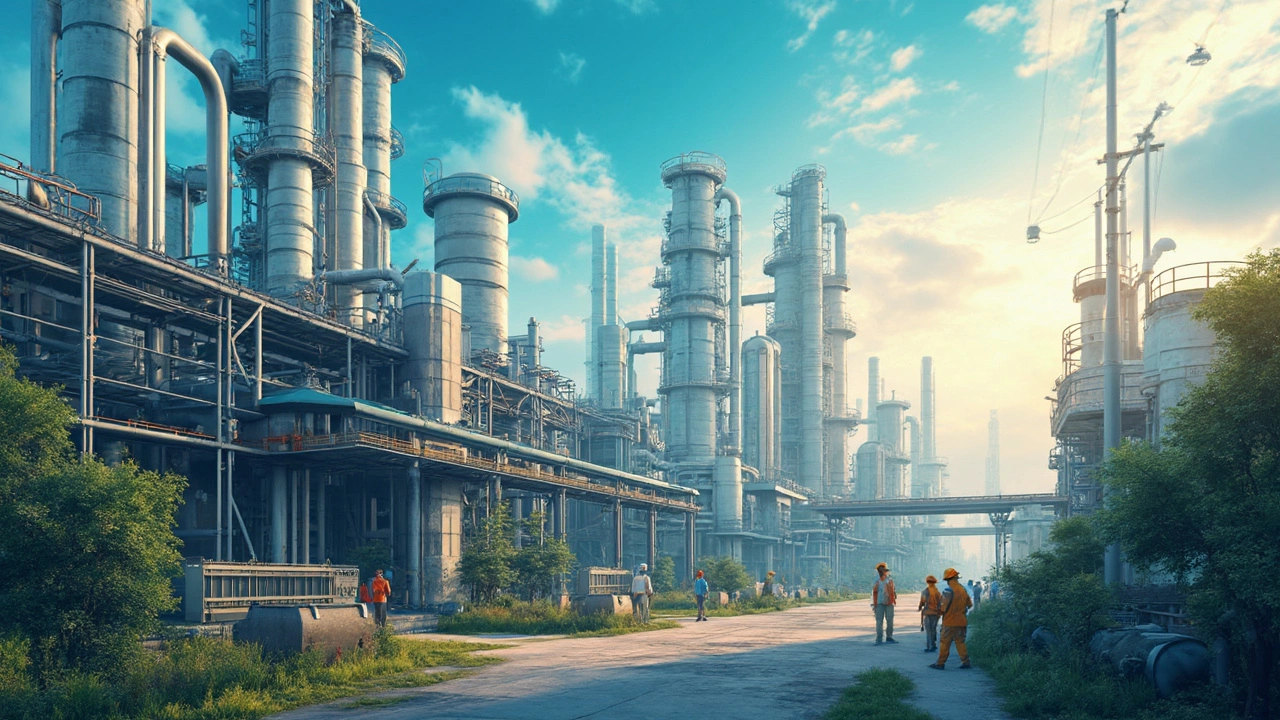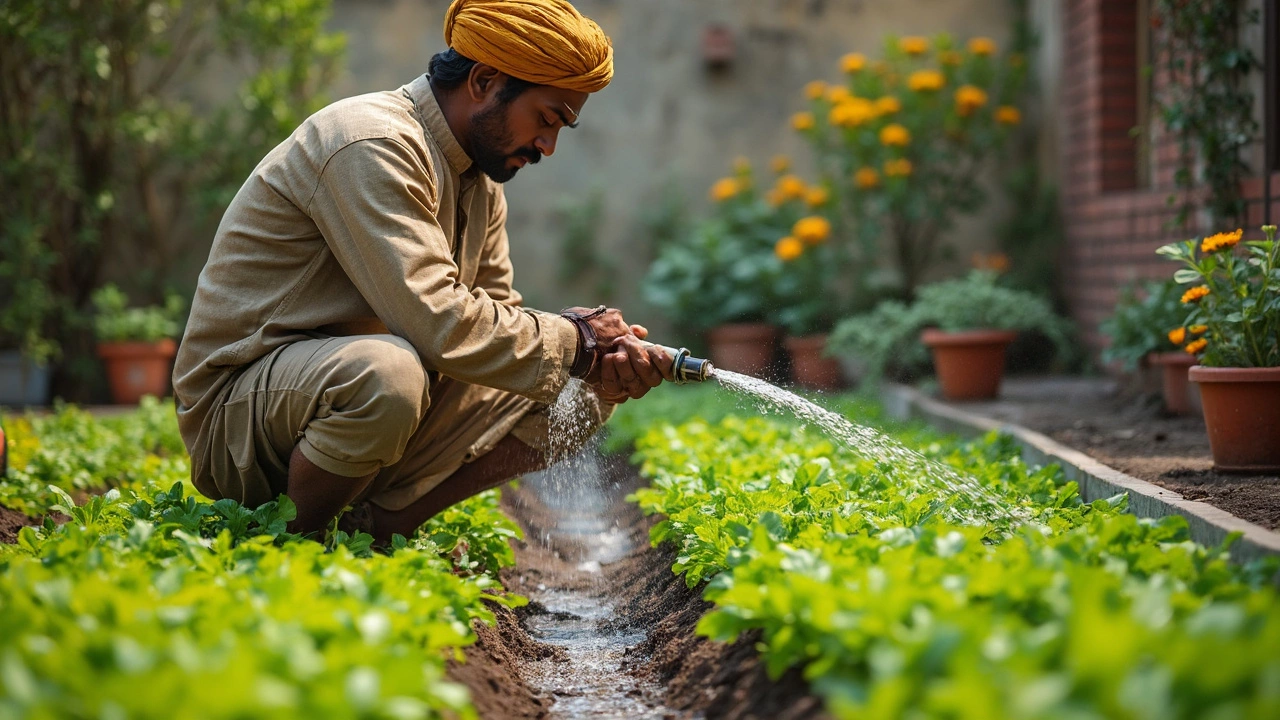Rice Production: History, Yield, and Sustainable Practices
When talking about rice production, the process of planting, growing, harvesting, and processing rice for food and industry. Also known as paddy output, it is a cornerstone of diets worldwide. Ancient rice cultivation, early methods that used floodplains and river valleys to grow rice set the stage for the massive systems we see today, while paddy farming, the modern practice of growing rice in flooded fields remains the dominant method in India and many Asian countries. These three concepts are tightly linked: rice production encompasses ancient rice cultivation, modern paddy farming builds on that knowledge, and both rely on careful water management. Understanding this chain helps you see why water‑saving techniques are a hot topic in today’s industry.
Why Understanding Rice Production Matters
The rice production landscape isn’t just about fields and tractors; it’s a web of related ideas. One key idea is the annual rice cycle, the yearly sequence of planting, growing, harvesting, and preparing land for the next season. This cycle dictates when farmers can sow, how long water must be held in the paddies, and when the grain is ready for market. The cycle also influences rice consumption, the amount of rice eaten by individuals and communities each year, because harvest timing affects price and availability. For instance, a study of Indian households showed that a single person needs roughly 130 kg of rice per year to meet caloric needs – a number that drives both production planning and food‑security policies.
Modern challenges push the industry toward greener methods. Sustainable water use, improved seed varieties, and mechanized harvesting all shape the current face of rice production. These advances directly tie back to the ancient practices that first taught farmers how to manage floods and soil fertility. In turn, they affect the annual rice cycle by shortening planting windows and boosting yields per hectare. By linking ancient rice cultivation, paddy farming, and the annual cycle, we see a clear picture: better water efficiency raises rice consumption stability, which then supports millions of meals daily.
Below you’ll find a curated list of articles that dive deeper into each of these angles. From the origins of rice in ancient civilizations to calculations of how much rice one person needs for a year, and from the science behind whether rice can grow back as a perennial crop to the impact of manufacturing on local economies, the collection gives you practical insights and real‑world data. Whether you’re a farmer, a policy maker, or just curious about the grain that feeds half the world, these posts will expand your understanding of rice production and its broader significance.
Top Rice Producing States in the US: Where Most Rice Comes From
Discover which US state produces the most rice, why it leads, how rice farming works, and what makes rice an agricultural powerhouse in America. Explore facts and helpful tips.
- manufacturing
- India
- food processing
- garden tips
- rice cultivation
- government schemes
- balcony garden
- urban gardening
- balcony gardening
- profitable business
- business ideas
- plastic manufacturing
- drip irrigation
- plant care
- steel manufacturing
- sustainable gardening
- startup ideas
- steel industry
- flower gardening
- textile manufacturers






